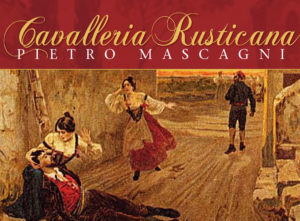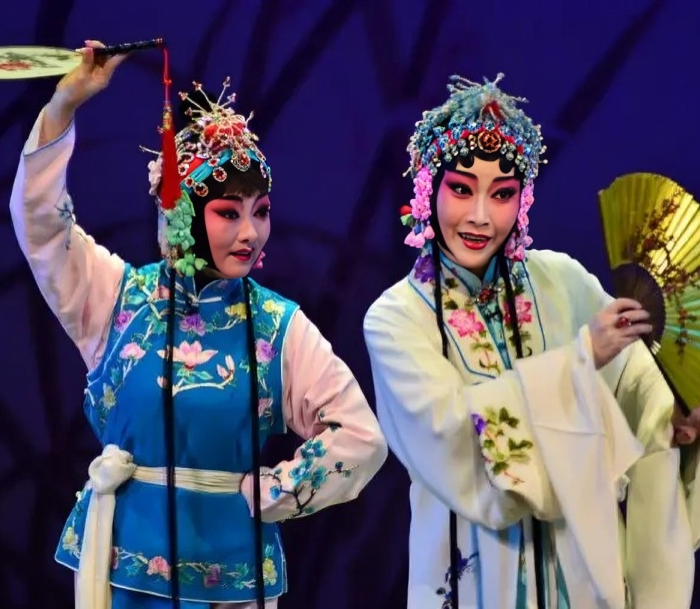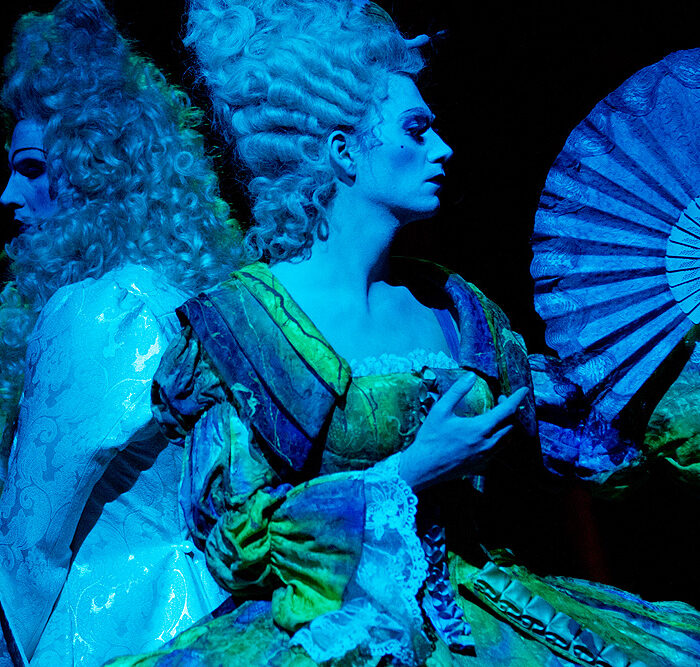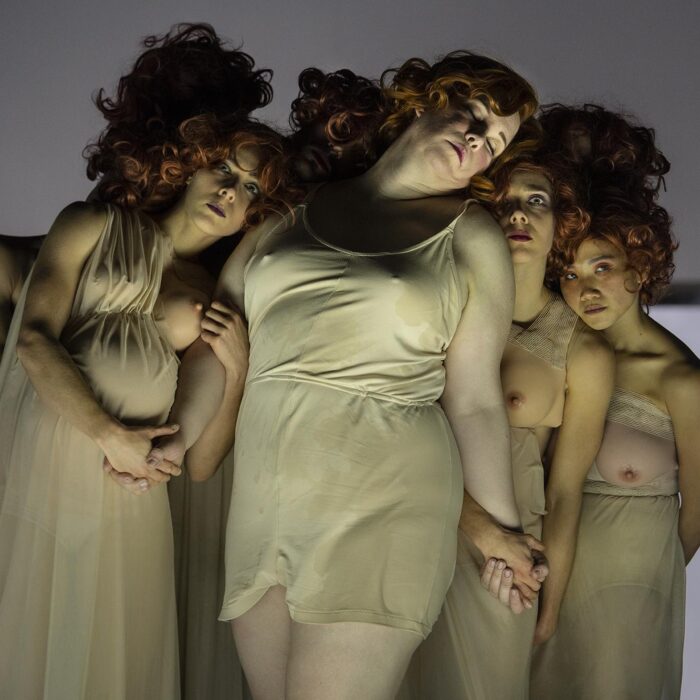
Opera Profile: An Introduction To Mascagni’s ‘Cavalleria Rusticana’
By David SalazarThis article represents the first of our “Opera For Beginners” section. To celebrate the date of an opera’s world premiere, we will start to create separate profiles for operas that the uninitiated can reference for their learning pleasure!
Mascagni’s “Cavalleria Rusticana” is one of the staples of the Verismo opera, a style of the late 1800s that showcased the lives of the middle and lower class folk, their passions, and, usually, their tragedies. The opera made its world premiere on May 17, 1890.
The opera is often showcased in a double bill with Leoncavallo’s “Pagliacci,” a tradition started back in 1893.
Quick Plot Summary
The opera kicks off with a serenade from Turridu to his beloved Lola, who is married to Alfio. Santuzza, Turridu’s former lover, is an outcast after her affair and does her utmost to win him back. But upon rejection, she informs Alfio of the adultery between his wife and Turridu. At Mama Lucia’s bar (Mama Lucia being Turridu’s mother), Alfio challenges Turridu to a duel of honor. They both run off to battle and moments later, a villager screams out that Turridu has been murdered.
For the full libretto, click here.
Famous Musical Excerpts
The intermezzo midway through the opera is a glorious melodic section orchestrated for strings.
Turridu’s “Mamma, quell vino” is arguably the most famous aria of the work. It takes place right at the end of the opera as Turridu bids farewell to his beloved mother while fully inebriated. As he realizes his fate, Turridu grows more and more passionate in his outcries, begging his mother for multiple kisses before meeting his fate.
Turridu’s drinking song “Viva, il vino spumeggiante” is quite the contrast to his final aria, the bright and catchy tune developing into a raucous ensemble.
The Easter hymn also features one of the opera’s most gorgeous melodies with Santuzza riding the ensemble with tremendous vocal requirements.
The duet between Santuzza and Turridu is arguably the opera’s most dramatic moment, the two trade blow for blow until Santuzza deliver’s the final attack at the end, wishing upon Turridu “La mala pasqua.”
Famous Interpreters
This opera is one of the most popular in the repertoire and has been performed by virtually every single major dramatic operatic talent of the past century. You name it and that singer has probably done it. I would single out Franco Corelli as Turridu, probably delivering one of the most frenzied interpretations of the final aria. Plácido Domingo also has his fair share of recordings, three across video and audio.
As far as Santuzza’s go, it is truly difficult to pick just one. Some favorites for me are Elena Obrastova, Renata Scotto, Fiorenza Cossotto, Renata Tebaldi and Maria Callas.
Watch or Listen
Below is a film version by Franco Zeffirelli that features Domingo, Obratsova, Fedora Barbieri, and Renato Bruson among others. It might not provide the same vocal thrills of a live performance, but its immaculate art direction, strong directing and great performances across the board make it a solid introduction to this hour-long work.
Categories
Opera Wiki

